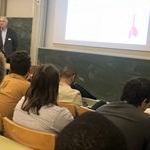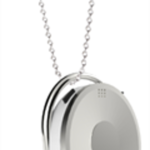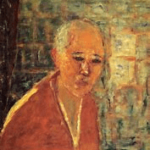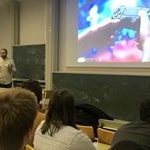PHENIX PROJECT : a project of the team "Physicians & Engineers"
Developed by engineers Orianne Bastin and Max Thulliez and Dr Alia Hadefi, the Phenix project intended to develop a new device in order to apply cold plasma onto the digestive mucosa membranes leading to the ablation of the latter.
This method could treat metabolic diseases such as type 2 diabetes, “fatty liver” (NASH-non alcoolic steatohepatitis) or diseases such as Barrett’s esophagus.


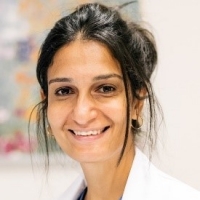

The research focuses on
- the development of an endoscopic device to generate, transport and distribute the plasma through natural channels
- the study in laboratory of the cellular and molecular effects when cold plasma is applied on the digestive tissue.
Cold atmospheric plasma is an ionized gas containing several reactive species at room temperature. In particular, reactive oxygen species can trigger oxidative stress in cells, which can lead to several outcomes, including cell death.
In type 2 diabetes and NASH, the lining of the intestine is dysfunctional (disrupted sugar absorption and hormone function, tissue changes). Several studies suggest that treatment of this mucosa could help cure these diseases.
Barrett’s esophagus is a pre-cancerous condition of the esophageal mucosa that is already clinically treated by mucosal ablation.

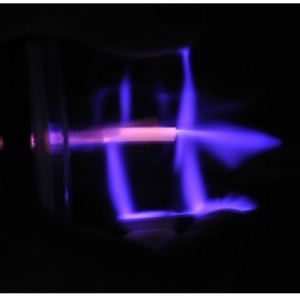
The originality of this project lies in the physico-chemical character of this new medical application and its action, potentially inducing a “programmed cell death” which should reduce complications.
The cold plasma is distributed uniformly to produce a safe and effective treatment.
This project illustrates the synergy between clinical, applied and translational medical research.
This project has resulted in several publications.
A first article describing the device was published in Plasma Medicine: “Optical and electrical characteristics of an endoscopic DBD plasma jet” by Orianne Bastin, Max Thulliez, Jean Servais, Antoine Nonclercq, Alain Delchambre, Alia Hadefi, Jacques Devière, François Reniers.
It describes the electrical and optical characteristics of the system.
It is available HERE
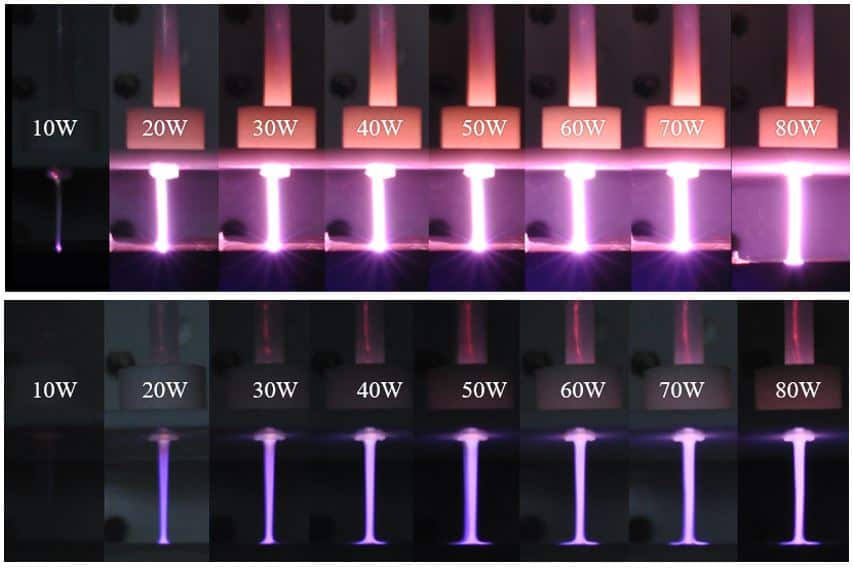
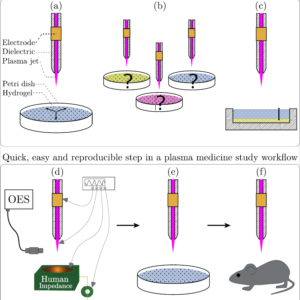
PHENIX researchers developed a model reproducing human tissues and allowing to study the intensity and distribution of the treatment without having to perform tests on animals.
This model allowed to optimize the intensity of the plasma treatment by studying several parameters such as its flow or its electrical parameters. This development also led to the publication of a literature review article describing their use, the challenges associated with them and good practices.
This will establish a solid base for the development of such models and provide an overview of the relevant literature to interested researchers.
The paper, “Gel models to assess distribution and diffusion of reactive species from cold atmospheric plasma: an overview for plasma medicine applications“, has been published by Max Thulliez, Orianne Bastin, Antoine Nonclercq, Alain Delchambre and François Reniers in the Journal of Physics D: Applied Physics.
It is available HERE

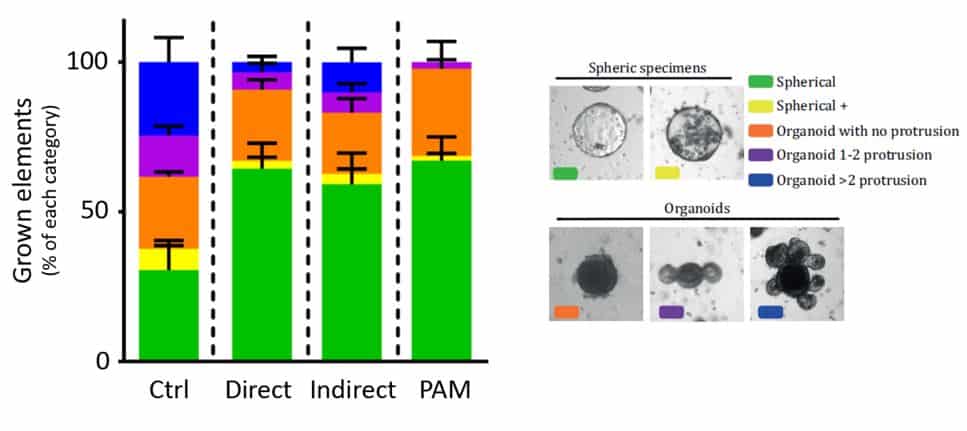
Using an ex vivo model of primary stem cells called organoids, that reproduces the physiological and genetic characteristics of the intestinal epithelium, the research team was able to study in the laboratory the cellular and molecular effects that occur when cold plasma is applied to digestive tissue.
An organoid usually presents protrusions (indicated by white arrows) where intestinal stem cells are located, giving rise to progenitors, which in turn give rise to specialized cells (red arrows). This image illustrates the technique of immunofluorescence microscopy which allows to target proteins of interest with fluorescent substances.
The stem cell marker (olfactomedin 4) is seen in green, the nuclei (DAPI) in blue and the proliferation marker (PCNA) in red.
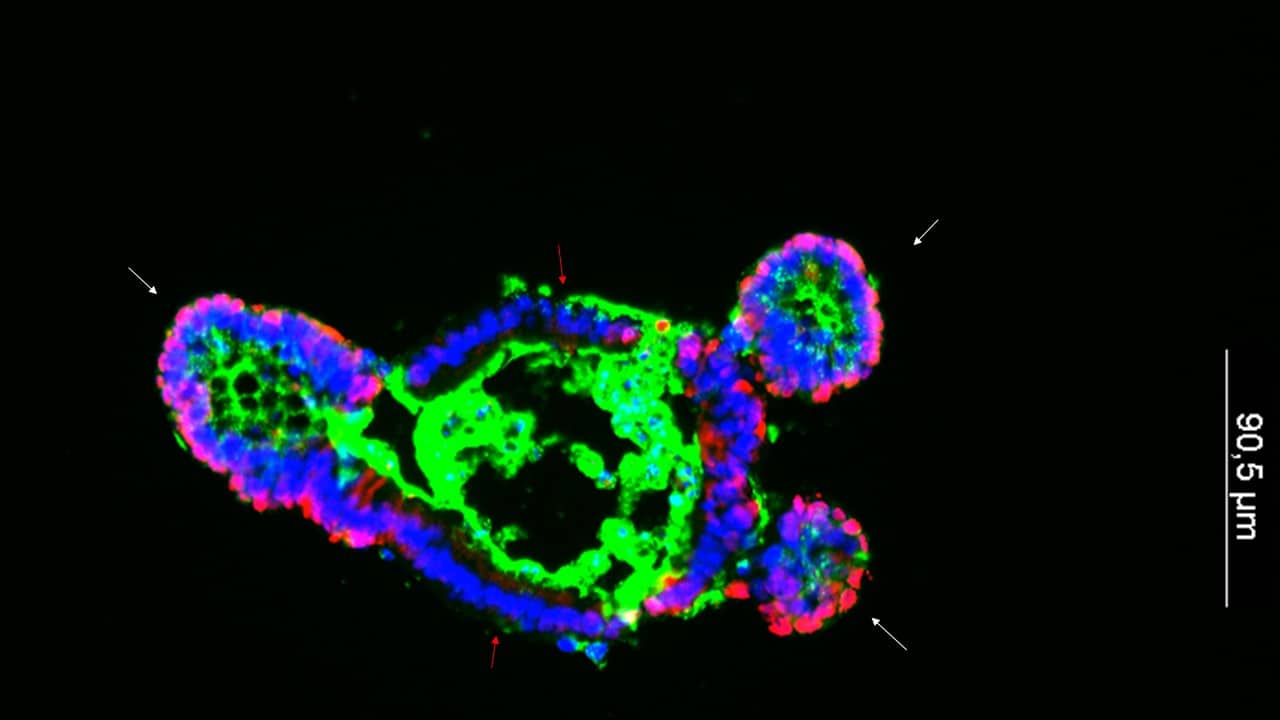
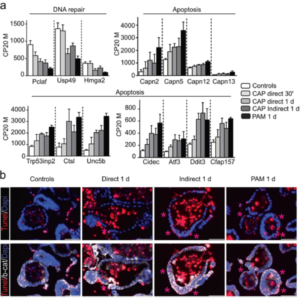
A third paper from the Phenix team has been published on this topic.
It is entitled “Cold atmospheric plasma differentially affects cell renewal and differentiation of stem cells and APC-deficient-derived tumor cells in intestinal organoids” published by Alia Hadefi, Morgane Leprovots, Max Thulliez, Orianne Bastin, Anne Lefort, Frédérick Libert, Antoine Nonclercq, Alain Delchambre, François Reniers, Jacques Devière, Marie-Isabelle Garcia in “Cell Death Discovery”.
It is now available in open access HERE
It describes the effect of our cold atmospheric plasma system on organoids, self-renewing 3D mouse intestinal cell cultures modeling the intestinal mucosa.
They provide a very accurate model for predicting treatment response in patients and this is their first reported use in plasma medicine, long overdue!
A fourth paper presents improvements to the endoscopic system with a separate channel in the catheter carrying oxygen to improve plasma reactivity in situ.
This experimental study characterized the effect of helium flow rate on the creation of reactive plasma species, their transport, and the resulting surface treatment. In particular, the use of a gel model simulating human tissue, based on previous work, proved extremely useful in improving the treatment.
The paper, entitled “Effect of gas flow on a helium/oxygen endoscopic plasma jet” was published by Max Thulliez, Orianne Bastin, Antoine Rémy, Antoine Nonclercq, Jacques Devière, Alain Delchambre, François Reniers in the “Journal of Physics D: Applied Physics”.
It is available HERE
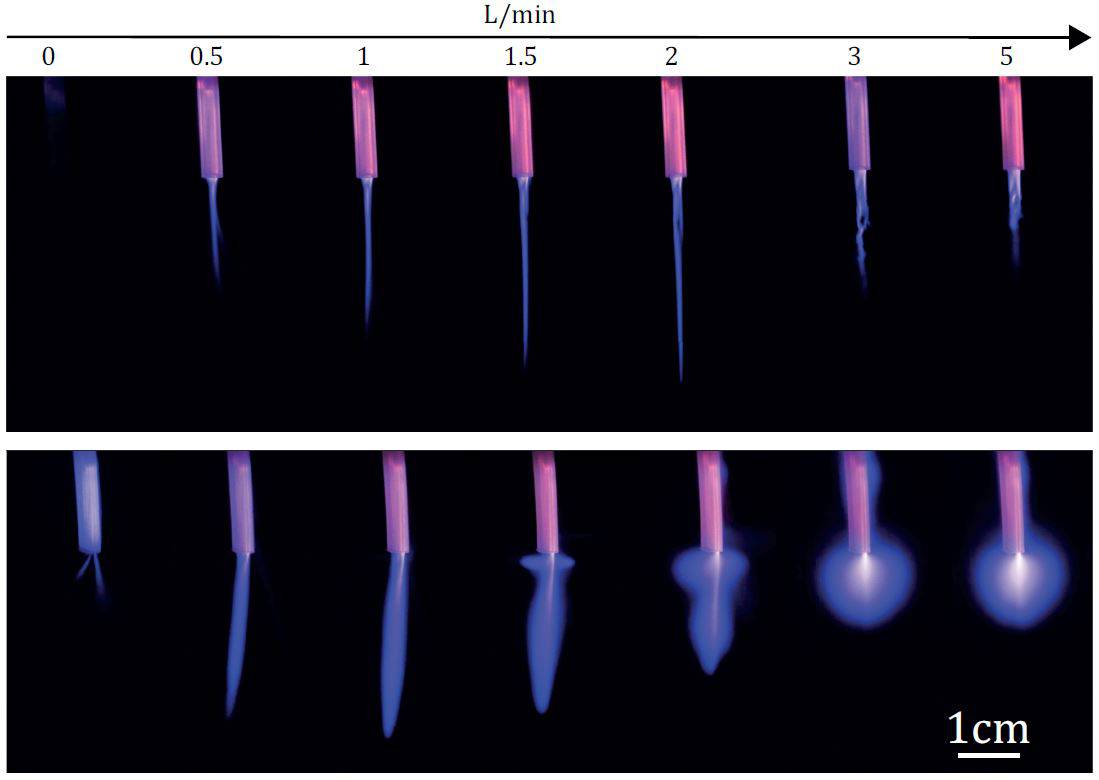
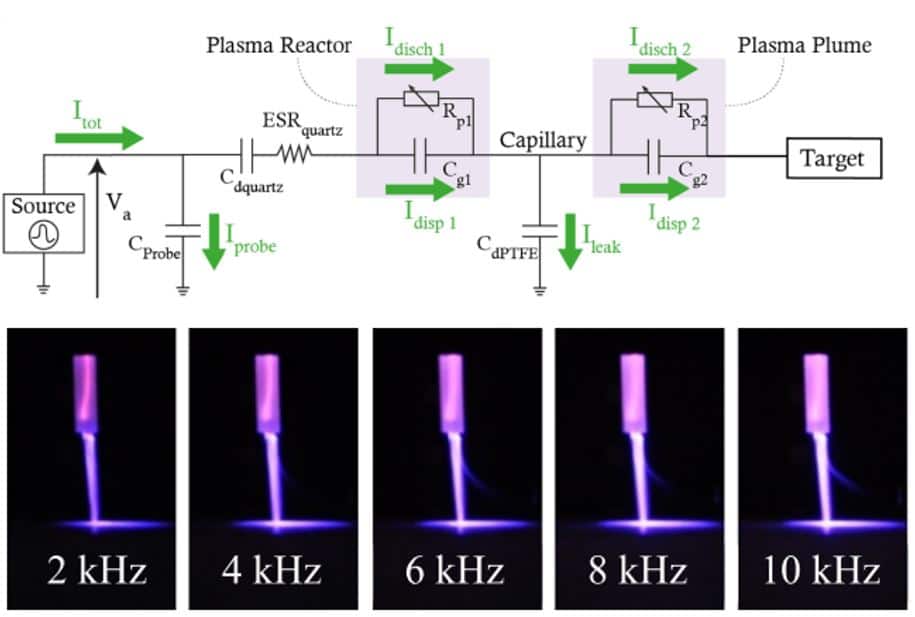
Another paper focuses on a new type of electrical signal to improve plasma efficiency, by studying the effect of different parameters and presenting an electrical model of the endoscopic system.
It is entitled “Analysis of a Nano-pulsed DBD Plasma Jet for Endoscopy and impact of Excitation Parameters” and has been published by Orianne Bastin, Max Thulliez, Alain Delchambre, Jacques Devière, François Reniers, Antoine Nonclercq in the Journal of Physics D: Applied Physics” .
It is available HERE
Max Thulliez, one of the 3 researchers of the Phenix team, defended his PhD thesis on July 8, 2022.
This team, composed of a doctor, two engineers and a research technician, has developed a cold plasma generation device for endoscopic applications.
This device aims to regenerate deficient mucosa of the digestive tract or to decontaminate endoscopes, in a more efficient way than current methods.
Supported by the Foundation through a grant for the past 4 years, Max Thulliez, has publicly defended his thesis entitled “Design and optimization of a cold plasma application system for endoscopic treatment”, and is accessible via YOUTUBE
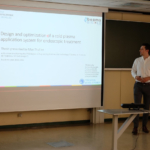
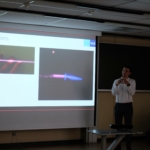
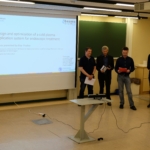

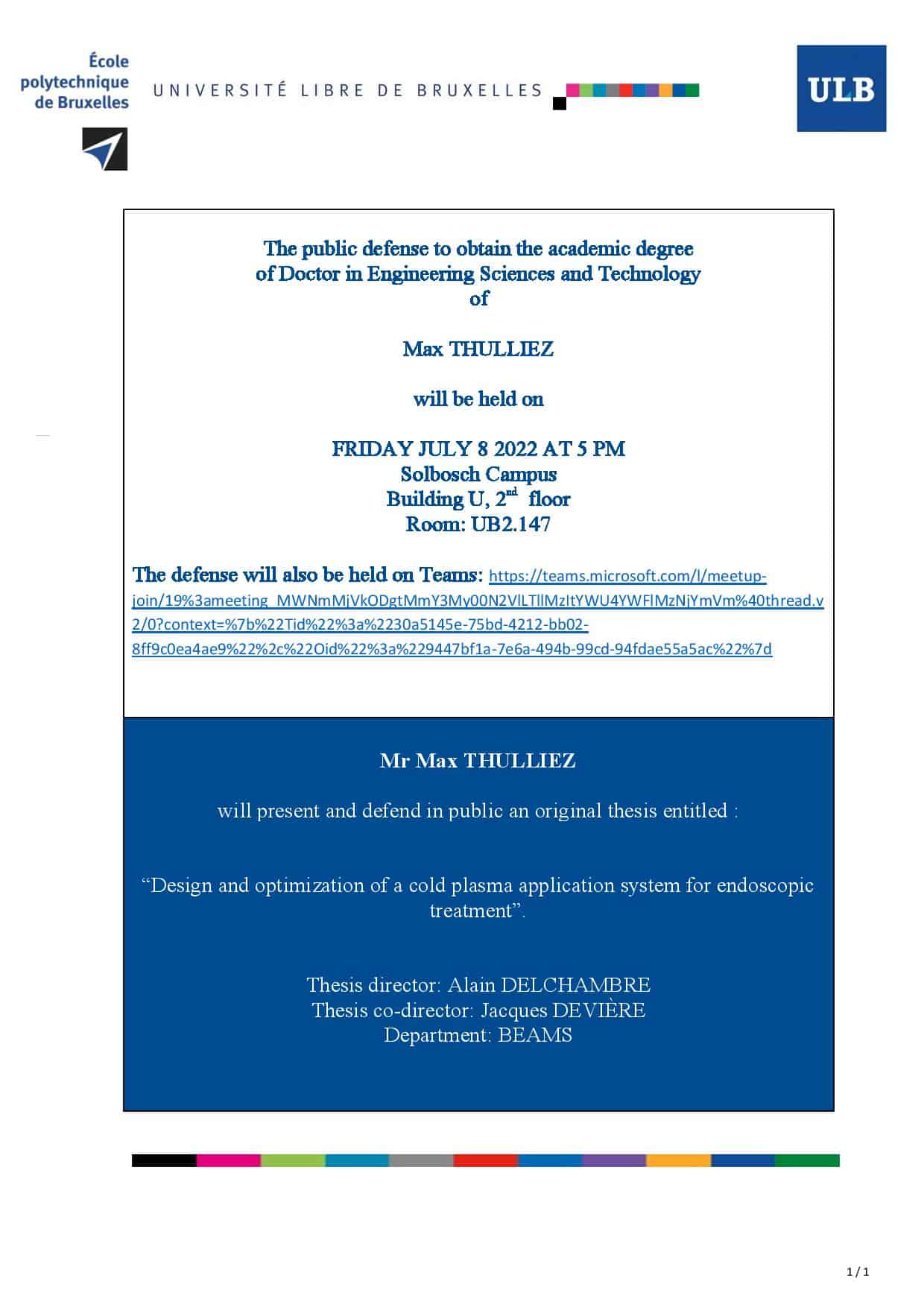
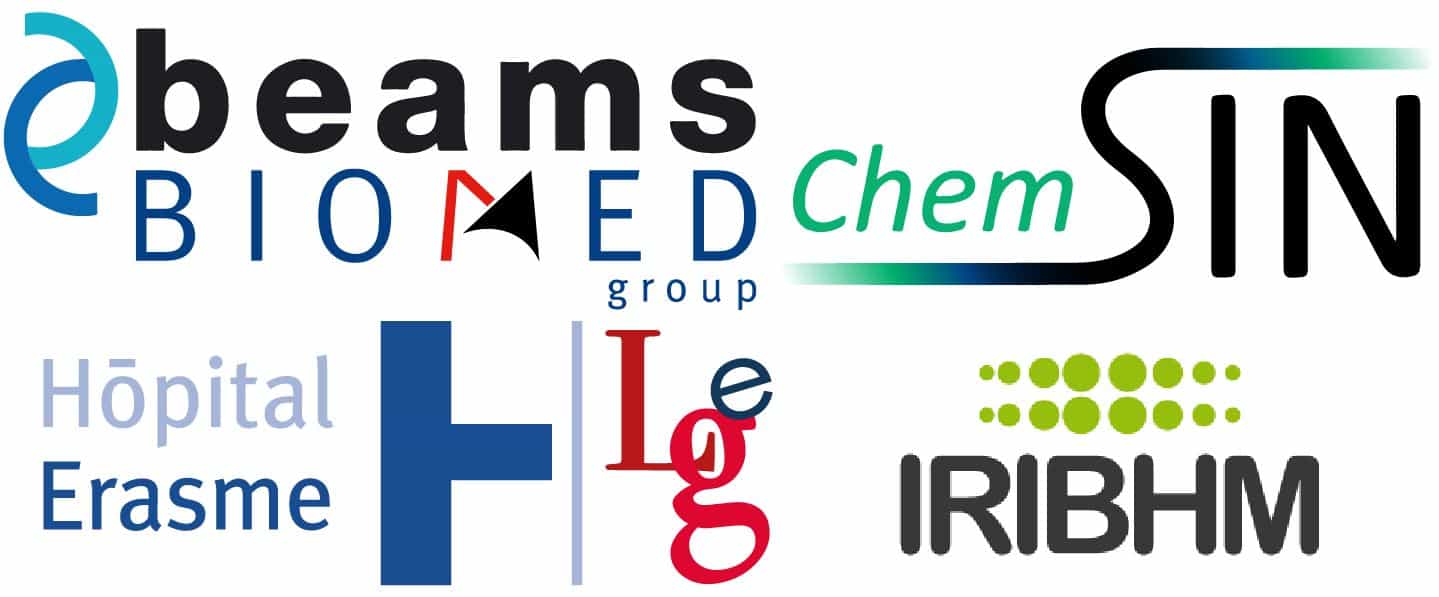
This collaboration was initiated between
- the Beams service of the Ecole Polytechnique de Bruxelles (Bio-Electro And Mechanical Systems),
- the IRIBHM Laboratory (Institute for Interdisciplinary Research in Human and Molecular Biology – Faculty of Medicine – ULB
- the Department of Structure, Interfaces and Nanomaterials Chemistry (ChemSIN) – Faculty of Science – ULB
- and gastroenterologists from the Department of Gastroenterology of the Erasme Hospital
with the support of the Michel Cremer Foundation.
Your help is highly valuable.
By making a financial contribution, you can make a real contribution to the development of new medical devices that benefit everyone.
All donations are tax deductible from 40 € per year.
Please share this event via your channels and social networks


